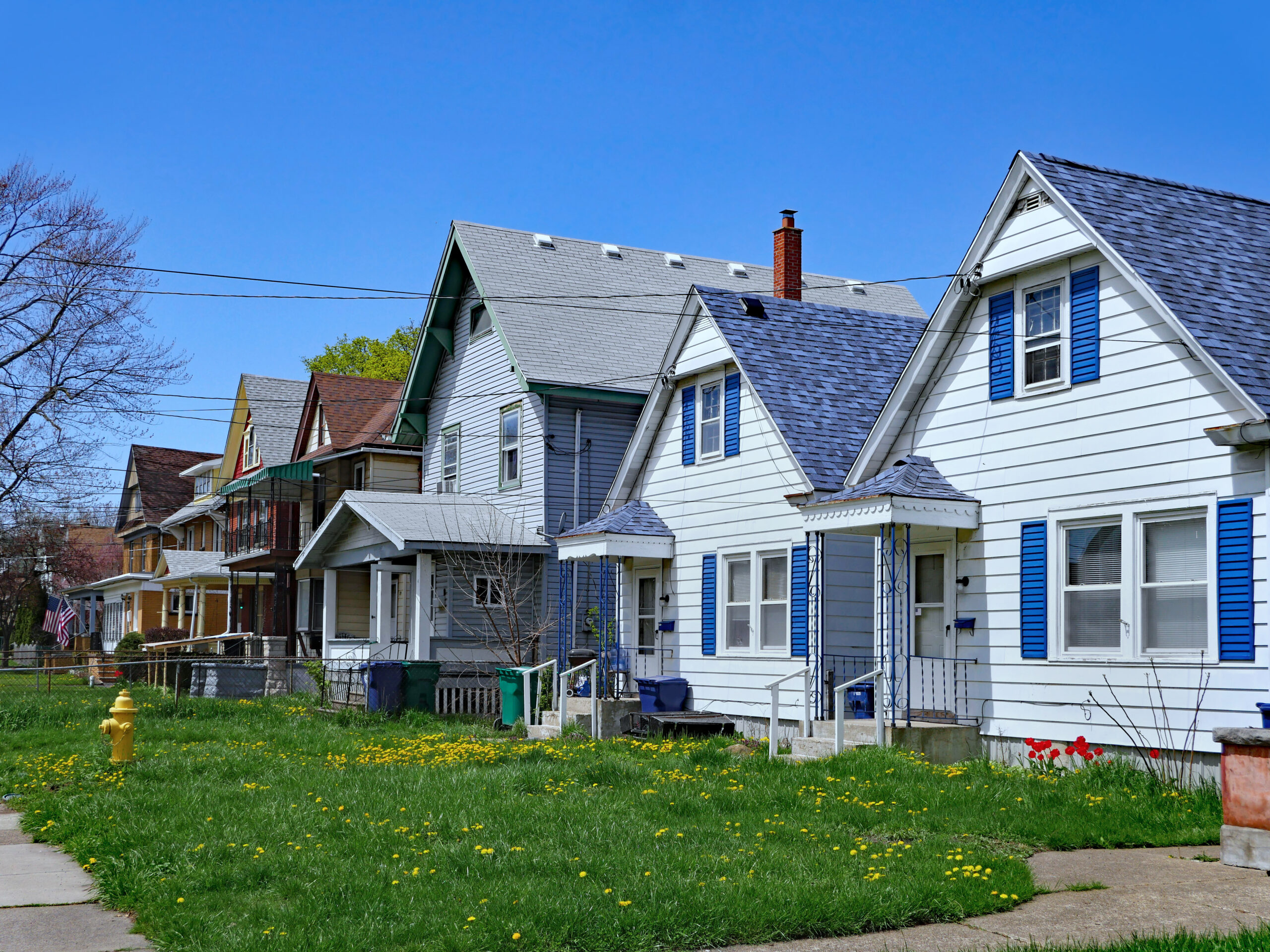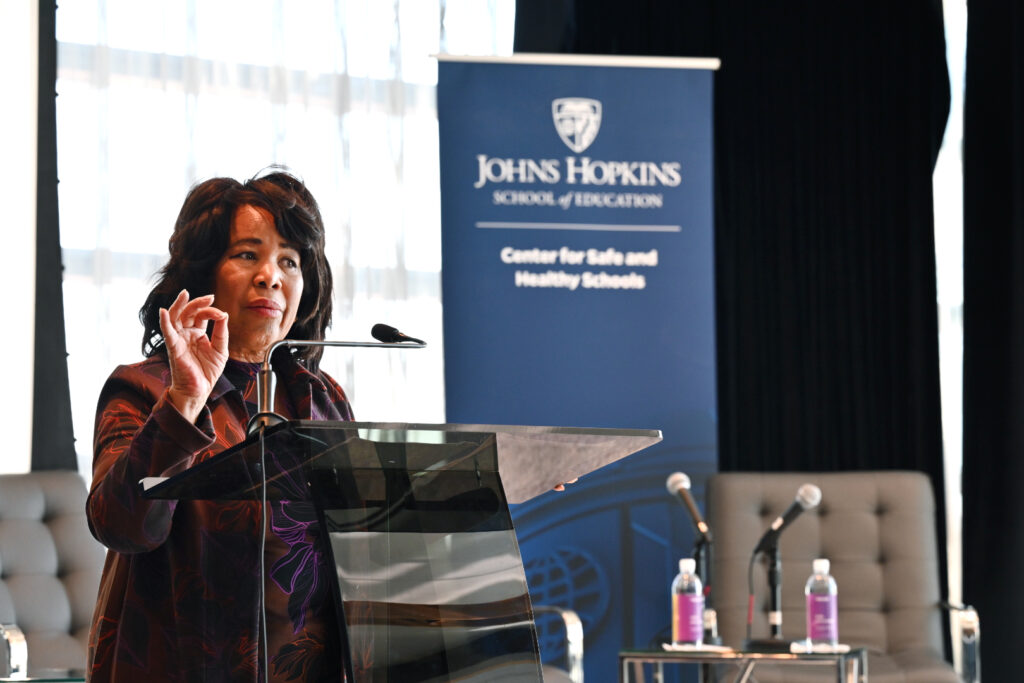3 facts about America’s changing suburbs
With the nation’s suburbs transforming rapidly, suburban schools are increasingly facing many of the same challenges as their urban counterparts

- Image credit peterspiro
The word “suburbs” likely conjures images of white picket fences or McMansions on large lawns, but that’s an outdated picture. Today, more than half of Americans report they live in the suburbs, ranging from densely populated areas such as Ferguson, Missouri, to localities with less than 100,000 residents.
Scholars discussed the changing face of America’s suburbs and the schools in these regions during a recent convening held at the Johns Hopkins University Bloomberg Center. Here are three things to know:
- Suburbs have grown more racially diverse.
American suburbs were first populated by white families in the 1950s, and their demographics remained largely unchanged until recently.
In 1990, 20% of suburbanites were people of color. By 2020, that number had more than doubled to 45%. Kimberly Johnson, a professor of social and cultural analysis at New York University, said the increase is due to gentrification driving people of color out of increasingly expensive cities as well as the allure of a better life.
“People can be displaced to suburban spaces,” she said. “But they also choose to go to suburban spaces and bring a lot of hopes, aspirations, and ideas about what good life could or should be.”
2. Poverty is on the rise in suburbs.
Poverty has been steadily growing in the suburbs over the past 20 years, a trend that accelerated during the COVID-19 pandemic. More than 60% of the increase in poverty nationwide between 2019 and 2022 occurred in the suburbs, according to a recent report from the Brookings Institution.
“Between 2019 and 2022, the poor population in major metropolitan suburbs grew three times as fast as in major cities,” Elizabeth Kneebone and Alan Berube write in the report.
Nearly 12% of students in suburban schools live in poverty; the issue is particularly pointed in small suburbs.
3. Suburban schools now face many of the same challenges as urban schools.
Suburban schools reported higher rates of chronic absenteeism in 2022 than other localities, and nearly half of them reported being understaffed at the start of the 2023-24 school year, said Peggy Carr, commissioner of the National Center for Education Statistics.

Moreover, suburban schools are lagging behind city schools in providing mental health services to students.
“Students are suffering more with mental health today than they were before COVID. … The challenge is the same or comparable for suburban and city schools,” Carr said. “But how well the schools are able to address the problem is not the same. In the suburban schools, they’re actually having a more challenging time of it.”